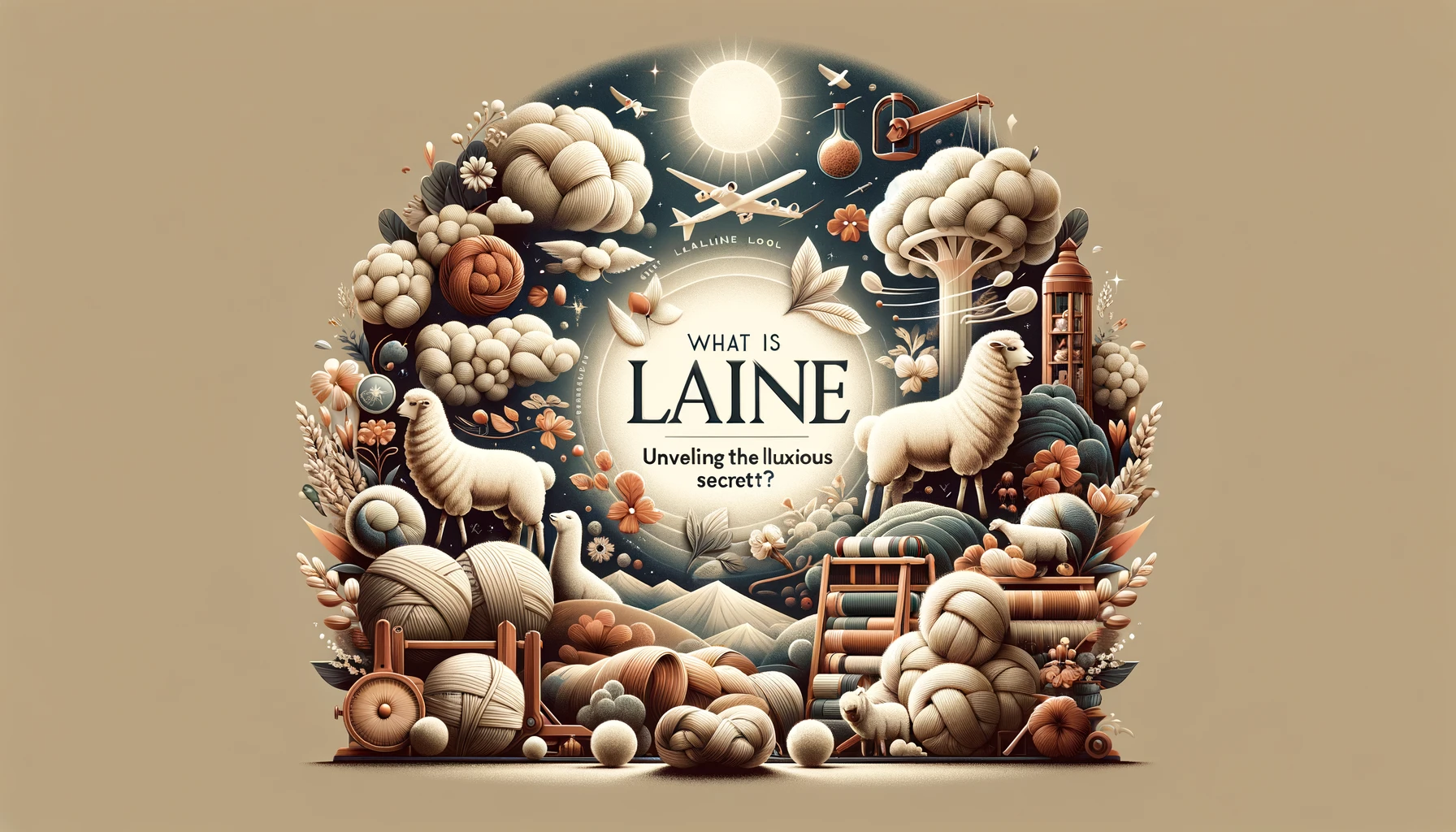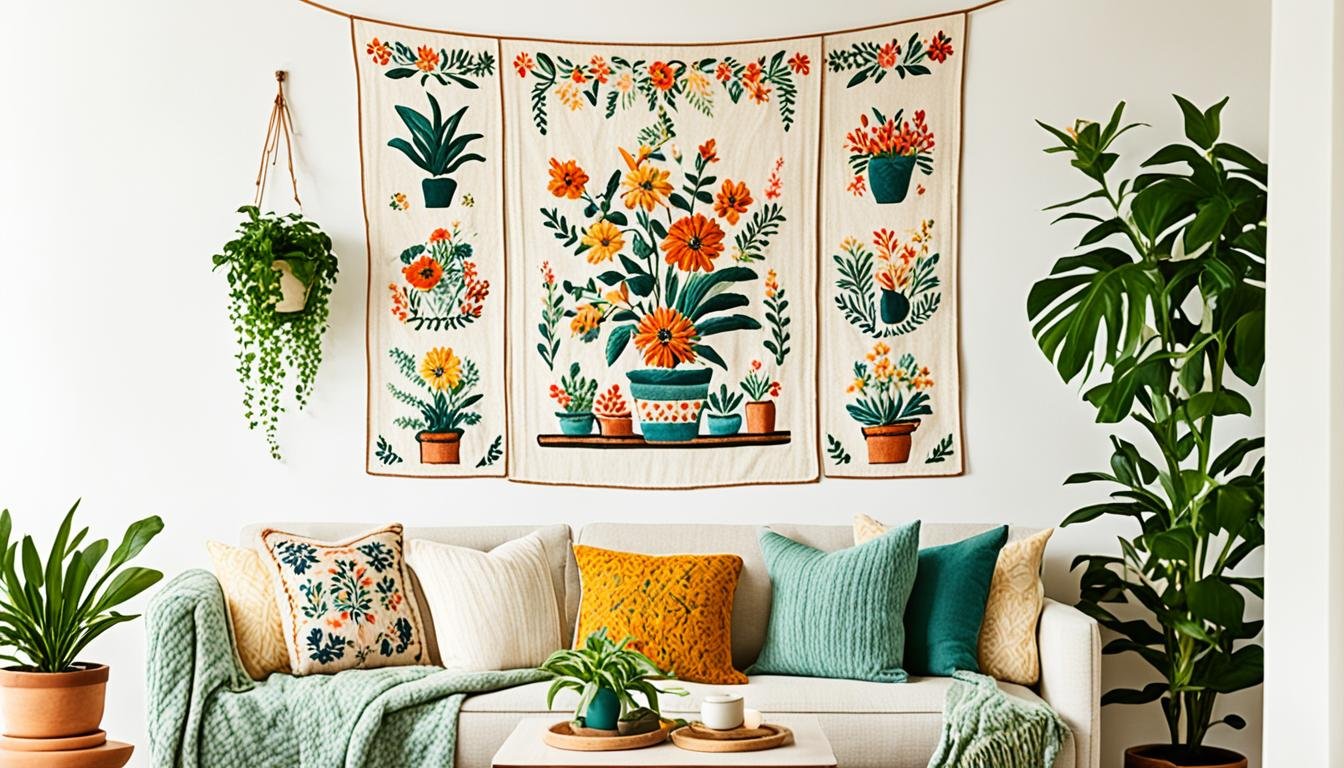Many people wonder, “What is Laine wool?” Simply put, it’s a type of wool that wool comes from sheep and sometimes other animals. It is known for being very soft and warm.
People around the world use it to make clothing and other fabric items. Laine wool is special because it is both fine, like cashmere, and warm.
In this article, we will learn more about it. So, let’s find out what it is and why Laine wool is so loved for its style and comfort.
Table of Contents
ToggleWhat is Laine Wool? (Short Answer)
“Laine” is the French word for wool. This term refers to the soft, warm fiber that comes from sheep and sometimes other animals. Wool fibers are known for their ability to provide warmth and are used in various types of clothing. Laine wool, specifically, is appreciated for its quality and versatility.
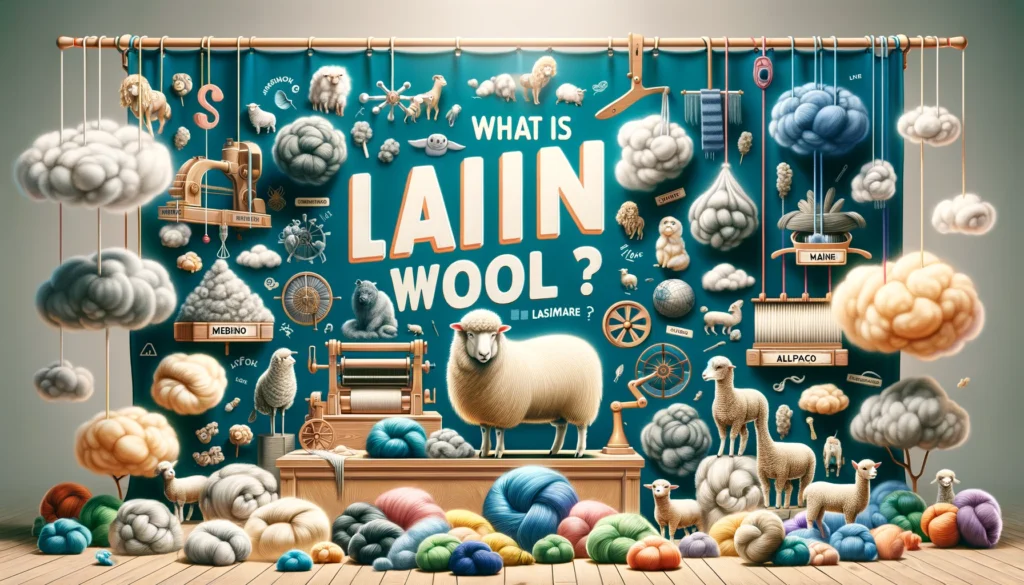
Types of Laine Wool
There are many wool types, some of which are listed below:
Merino Wool
Merino wool comes from Merino sheep. This type of wool is very soft and fine. It’s great for making sweaters and scarves. Merino wool is different because it’s extra warm and not itchy.
Cashmere Wool
Cashmere wool is from cashmere goats. It’s used for luxury items like high-end sweaters. Cashmere is softer and warmer than other types. It’s special because it feels very soft against the skin.
Alpaca Wool
Alpaca wool comes from alpacas. People use it for warm sweaters and socks. It’s different because it’s very warm and not as prickly as sheep’s wool.
Lambswool
Lambswool is from a young sheep. It’s used for soft, lightweight clothing. Lambswool is special because it’s very soft and gentle on the skin.
For an in-depth understanding of the different types of wool, including merino and cashmere, visit The Woolmark Company’s guide to wool types.
Production Process of Laine Wool
Wool is first sourced from animals like sheep through shearing. After shearing, the wool undergoes cleaning to remove dirt and grease. This process is known as scouring.
Next, the clean wool is carded and combed to align the fibers, making it easier to spin into yarn. Spinning turns the fibers into yarn, which can then be woven or knitted into fabric.
Laine wool’s processing might include specific treatments to enhance its softness or dyeing to achieve various colors.
Compared to other types of wool, laine wool might be treated with extra care to maintain its unique qualities, such as fineness and softness.
These steps ensure that laine wool maintains its high quality and distinct characteristics that are suitable for a wide range of uses in fashion and textiles.
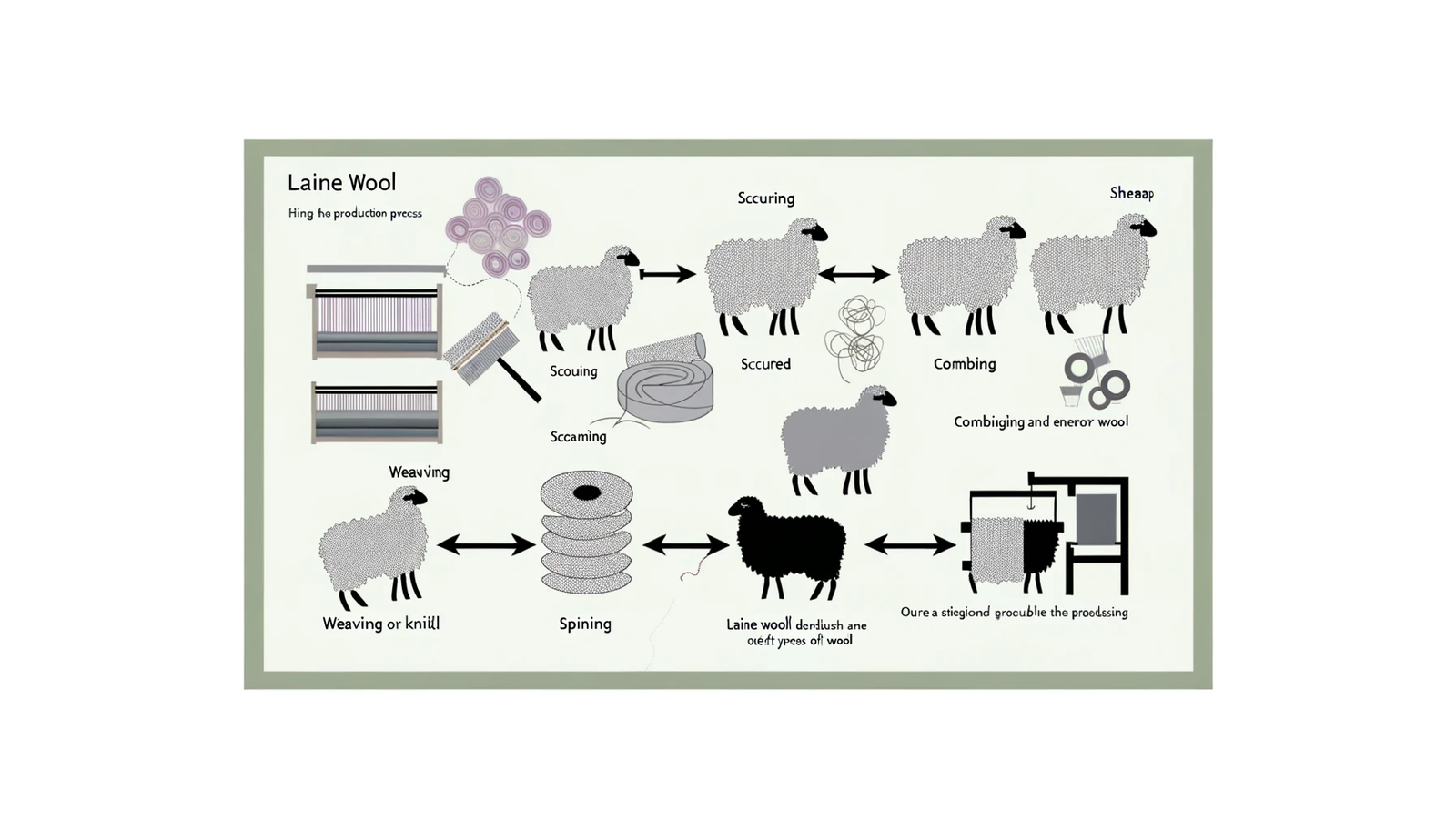
Benefits and Uses of Laine Wool
Warmth and Insulation: Laine wool keeps you warm in winter but is also breathable, making it comfortable in various temperatures.
Durability: It’s strong and lasts a long time, making it ideal for everyday wear.
Softness: Laine wool is softer than many other types of wool, providing comfort and reducing itchiness.
Water-resistant: It can repel water, making it good for outdoor clothing.
Eco-Friendly: Wool is renewable and biodegradable, making it a green choice.
Compared to synthetic fibers, laine wool offers superior warmth, breathability, and environmental benefits. Unlike cotton, it can retain warmth when wet and is more durable.
Laine wool’s natural properties, like its ability to regulate temperature and resist odors, make it a preferred choice for high-quality textiles.
Laine Wool in the Fashion Industry
Laine wool plays a significant role in both high fashion and everyday wear. Its versatility and high quality make it a preferred choice for designers and consumers alike. Laine wool is used to create garments that are not only stylish and elegant but also durable and comfortable for daily use.
Five iconic Laine wool garments include:
Merino wool sweaters are known for their softness and insulation.
Cashmere scarves offer unparalleled softness and warmth.
Wool blazers combine style with practicality.
Alpaca wool socks are celebrated for their warmth and comfort.
Lambswool throws add a touch of luxury and warmth to home decor.
These examples highlight laine wool’s importance in crafting high-quality, fashionable, and functional clothing and accessories.
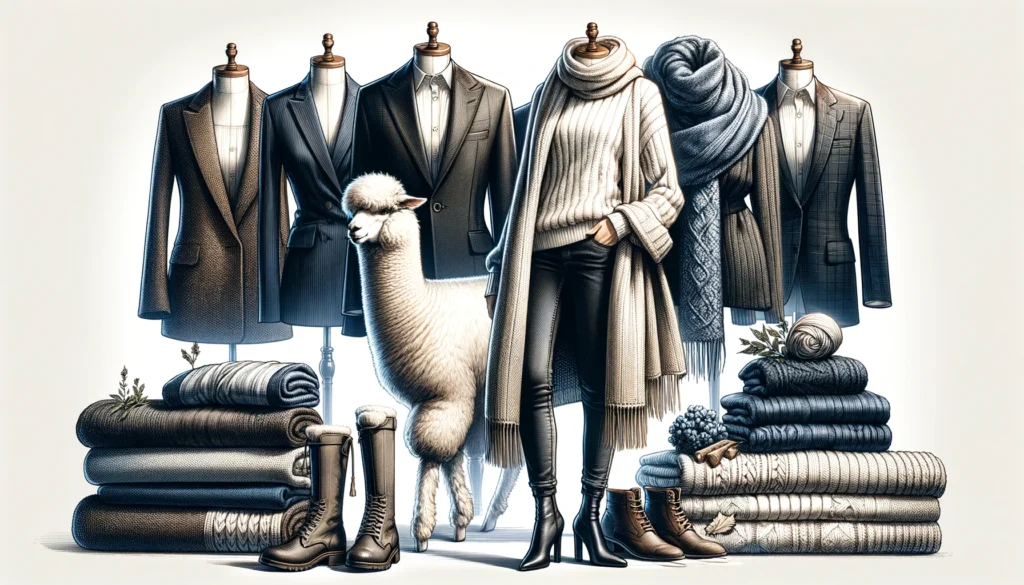
Caring for Laine Wool Products
To maintain the quality and longevity of laine wool items, consider these best practices:
Gentle Washing: Use cold water and a mild detergent. Hand wash or select a gentle cycle on your washing machine.
Drying: Avoid the dryer. Lay flat to air dry away from direct sunlight.
Storage: Store in a cool, dry place. Use cedar blocks or lavender sachets to protect against moths.
Pilling Removal: Use a fabric comb or shaver to remove pills gently.
Professional Cleaning: For tough stains or once a year, consider professional dry cleaning to preserve the fabric’s integrity.
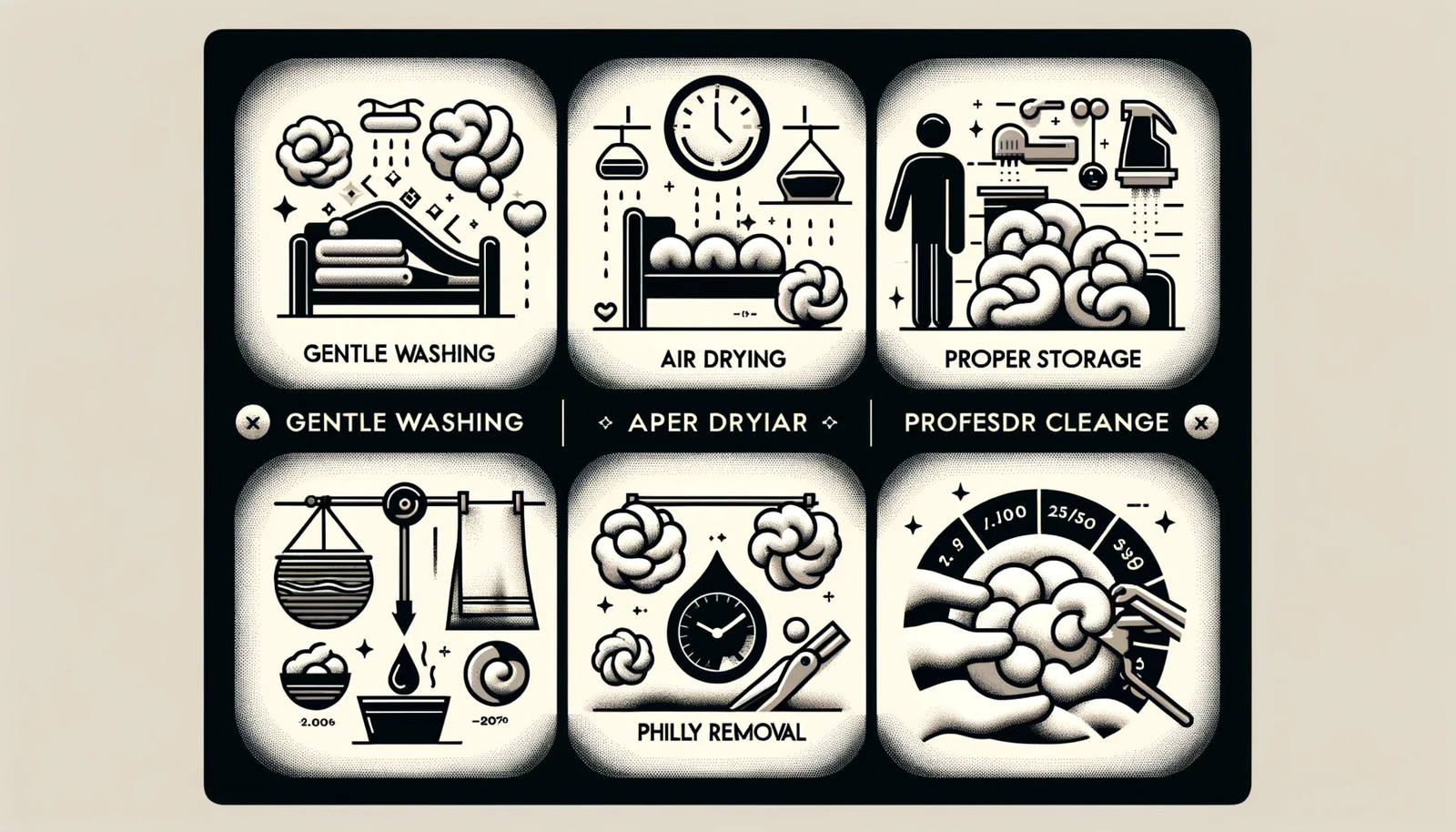
Environmental Impact of Laine Wool Production
The wool industry is focusing on sustainability to reduce its environmental impact. Practices such as regenerative farming help maintain healthy soil, improve water management, and increase biodiversity.
Eco-friendly wool production includes using less water and energy during processing and ensuring animal welfare.
Many brands now use sustainable laine wool, tracing it back to farms that practice responsible land management.
These initiatives aim to make wool production more environmentally friendly, reducing the carbon footprint and ensuring that wool remains a sustainable choice for consumers.
To learn more about the environmental benefits of wool and sustainable farming practices, check out Textile Exchange’s insights on sustainable wool production.
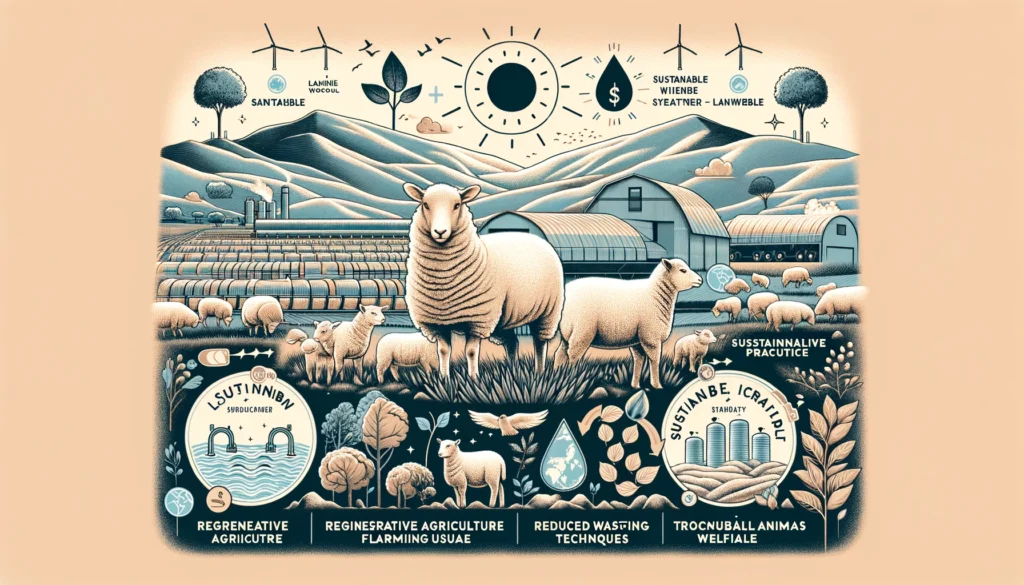
Wrapping it Up
Understanding “What is laine wool” helps us appreciate this remarkable material. Laine wool is a natural, renewable fiber known for its warmth, softness, and sustainability.
It’s used in various clothing and textiles, offering comfort and style. As we’ve learned, caring for laine wool products properly ensures their longevity, making them a wise choice for conscious consumers.
With efforts to make wool production more eco-friendly, laine wool stands out as a responsible and stylish choice for fashion and beyond.
Frequently Asked Questions (FAQs)
Is Laine wool the same as regular wool?
Yes, “laine” is simply the French word for “wool.”
What type of wool is the highest quality?
Cashmere: The most luxurious, softest wool sourced from cashmere goats.
Vicuña: Incredibly rare and soft, sourced from wild South American vicuñas.
Merino: Widely available, high-quality wool known for its softness, warmth, and moisture-wicking abilities.
You Might Also Like:
